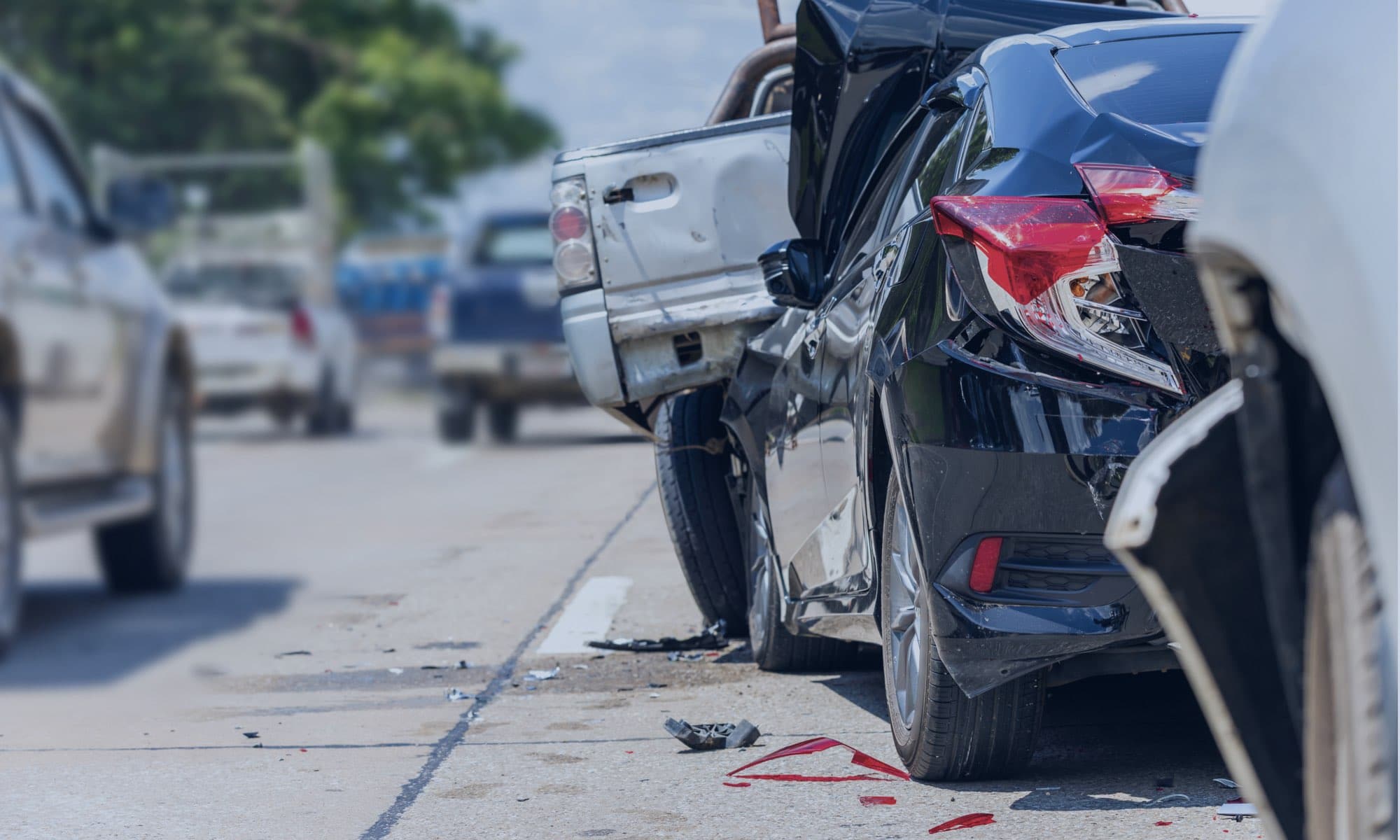
Today, INRIX released a new study that analyzed the impact of COVID-19 on vehicle collisions across the nation’s busiest and riskiest roadways. Using INRIX IQ, the Riskiest Roads report evaluated and compared road conditions on National Interstates, freeways and expressways and arterial streets in the Top 25 US metros during COVID-19 to determine the impact of vehicle miles traveled (VMT) reductions on travel speeds and collisions.
From the onset of the global pandemic, INRIX has tracked, analyzed and reported on a wide variety of transportation trends. By mid-March, morning and evening commute corridors reached free flow speeds in cities around the country. In early April, nationwide VMT dropped 46% from pre-pandemic levels, rebounding to normal in late June. However, out of the top 100 metros, just 45 have met their pre-pandemic level of VMT.
As traffic volume dropped, vehicle speeds increased, which has played a significant factor in the rise in the fatality rate on our nation’s roadways. Early federal statistics indicate a 31% increase in the Q2 fatality rate, while collisions decreased significantly.
During the first four months of COVID-19 restrictions, collisions decreased across all major metropolitan areas. However, since August, collisions have tracked closer to their 2019 levels. During this time frame, Boston had the largest reduction in collisions, with 19% fewer through the three-month period, followed by Houston and San Francisco.
Below is a ranking showing the change in collisions from pandemic-related restrictions, the top collision corridor in each of the top 25 metros and each city’s ‘riskiest’ hotspot.
| Metro Rank | Metro Area | Apr-Oct Collisions YOY | Top Collision Corridor | Riskiest Hotspot |
| 1 | New York City | -38% | I-95 | Lower Level I-95 George Washington Bridge (NY Side) |
| 2 | Phoenix | -36% | I-17 | I-17 through Osborn Gardens |
| 3 | Seattle | -35% | I-5 | I-5 at Mercer St |
| 4 | Detroit | -35% | I-94 | I-75 at I-696 |
| 5 | San Antonio | -33% | I-410 | I-37 at I-35 PanAm Expy |
| 6 | Boston | -33% | I-95 | I-495 Blue Star Memorial Hwy at I-93 Northern Expy |
| 7 | Minneapolis | -32% | I-94 | MN-65 at I-94 / I-35 |
| 8 | Dallas | -32% | I-35E | I-635 Lyndon B Johnson Fwy at Hillcrest Rd |
| 9 | Sacramento | -30% | US-50 | CA-99 Golden State Hwy at Sutterville Rd |
| 10 | San Diego | -29% | I-5 | I-15 Escondido Fwy at Friars Rd |
| 11 | Denver | -29% | I-25 | I-25 at 84th Ave |
| 12 | San Francisco | -28% | US-101 | I-80 at Treasure Island Rd |
| 13 | Portland | -28% | I-5 | I-84 Banfield Expy at Sandy Blvd |
| 14 | Philadelphia | -28% | I-95 | I-76 Schuykill Expy at I-476 Veterans Memorial Hwy |
| 15 | Charlotte | -28% | I-77 | I-77 at NC-460 Gold Hill Rd |
| 16 | Washington DC | -26% | I-66 | VA-28 Sully Rd at I-66 |
| 17 | Atlanta | -25% | GA-401 | I-20 Ralph David Abernathy Fwy at I-85/I-75 |
| 18 | Orlando | -24% | I-4 | I-4 at Fl-436 |
| 19 | Los Angeles | -21% | I-10 | Long Beach Blvd at I-105 Century Fwy |
| 20 | Houston | -20% | I-45 | I-69 Southwest Fwy at I-610 |
| 21 | Tampa | -19% | I-275 | I-75 at I-4 |
| 22 | Baltimore | -18% | I-95 | MD-43 White Marsh Blvd at I-95 JFK Memorial Hwy |
| 23 | St. Louis | -16% | I-70 | I-270 at I-44 |
| 24 | Miami | -8% | I-95 | I-95 at Ives Dairy Rd |
| 25 | Chicago | -5% | I-90 | IL-19 Irving Park Rd at Barrington Rd |
For more granular insight on recent travel trends and safety of our nation’s Interstates and freeways, please download the free report here. The global list and rankings, which includes more than 350 roads across 100 metros areas in 7 countries, can be found here.




